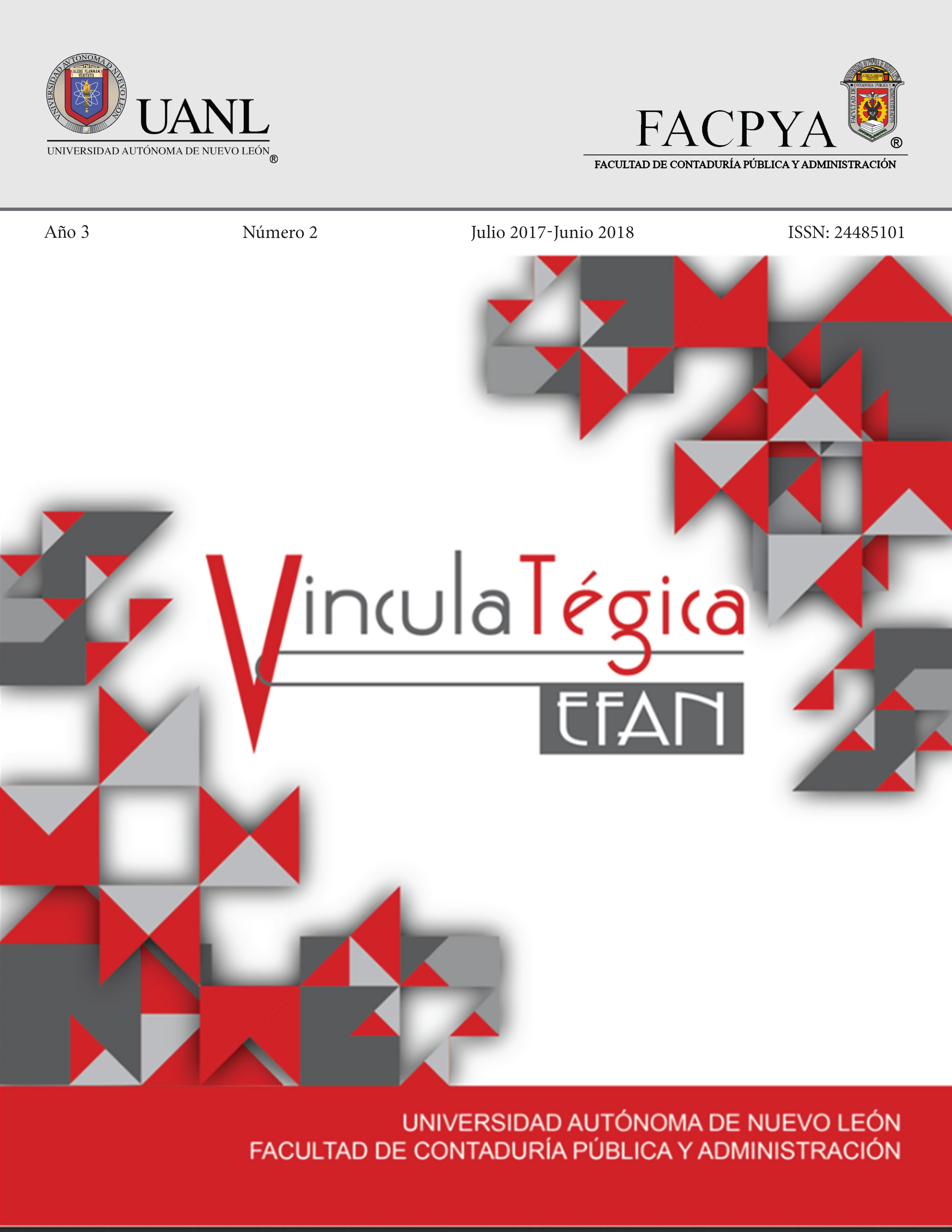Factors influencing consumer satisfaction in gastronomic tourism
Keywords:
Culinary Tourism, performance, experience, cultural patrimony, satisfactionAbstract
The Gastronomic Tourism (TG) is an activity oriented to the consumption of products and services related to the food or drinks of place. The TG has an important presence in the innovation of the tourist destinations. The consumer of this type of tourism achieves their satisfaction through certain specific needs that distinguish it from other segments. The objective of this investigation was to investigate the specific factors that affect the satisfaction of TG's consumer. The methodology developed was of the non-experimental type from the perspective of an exploratory study, so empirical studies with the same reference frame were analyzed to contextualize the phenomenon. The results of the theoretical analysis showed that the factors affecting consumer satisfaction of the TG are 1) the performance of the product and gastronomic service, 2) the gastronomic experience and 3) the encounter with the gastronomic cultural patrimony.
Downloads
References
Lee, K.-H., Scott, N., & Packer, J. (September de 2014 ). Habitus and food lifestyle: In-destination activity participation of Slow Food members. Annals of Tourism Research, 48, 207-220.
Liu, Y., & Jang, S. (2009). The effects of dining atmospherics: an extended MehrabianRussellmodel. International Journal of Hospitality Management, 28(4), 494–503.
Long, L. M. (2004). Culinary tourism . Kentucky: The University Press of Kentucky.
MacDonald, H., Susan, H., & Deneault, M. (2001). National Tourism & Cuisine Forum: “Recipes For Success”. Canadian Tourism Commission. Ottawa: Canadian Tourism Commission. Obtenido de http://publications.gc.ca/collections/collection_2007/ic/C86-127-2001E.pdf
Mason, M. C., & Paggiaro, A. (2012). Investigating the role of festivalscape in culinary tourism: The case of food and wine events. Tourism management, 33(6), 1329-1336.
Mason, P. (2015). Tourism impacts, planning and management. Routledge.
Medlik, S. (2012). Dictionary of travel, tourism and hospitality (Tercera ed.). New York: Routledge.
Okumus, B., Okumus, F., & McKercher, B. (2007). Incorporating local and international cuisines in the marketing of tourism destinations: The cases of Hong Kong and Turkey. Tourism Management, 28(1), 253-261.
Oliver, R. (1980). A cognitive model of the antecedents and consequences of satisfaction decisions. Journal of Marketing Research, 17, 460-469.
Oliver, R. (1996). Satisfaction: A Behavioral Perspective on the Customer. New York: McGraw-Hill.
Pine, B. J., & Gilmore, J. H. (1998). Welcome to the experience economy . Harvard business review , 76, 97-105.
Pizam, A., & Ellis, T. (1999). Customer satisfaction and its measurement in hospitality enterprises . International journal of contemporary hospitality management , 11(7), 326-339.
Pratt, S. (2015). Potential economic contribution of regional tourism development in china: A comparative analysis. International Journal of Tourism Research, 17(3), 303-312. doi:10.1002/jtr.1990
Sánchez, S., & López, T. (2012). Gastronomy as a tourism resource: profile of the culinary tourist. Current issues in tourism, 15(3), 229-245. doi:10.1080/13683500.2011.589895
SECTUR. (3 de Septiembre de 2015). Política de Fomento a la Gastronomía Nacional. Ciudad de México, México. Recuperado el 3 de Mayo de 2016, de http://www.gob.mx/sectur/videos/politica-de-fomento-a-la-gastronomia-nacional10672?idiom=es
Szymanski, D. M., & Henard, D. H. (2001). Customer satisfaction: A meta-analysis of the empirical evidence . Journal of the academy of marketing science, 29(1), 16-35.
Teng, C., & Chang, J. H. (2013). Mechanism of customer value in restaurant consumption: Employee hospitality and entertainment cues as boundary conditions. International Journal of Hospitality Management, 32, 169-178.
Updhyay, Y., & Sharma, D. (2014). Culinary preferences of foreign tourists in India. Journal of Vacation Marketing, 20(1), 2939.
Wijaya, S., Morrison, A., Nguyen, T. H., & King, B. (2016). Exploration of Culinary Tourism in Indonesia: What Do the International Visitors Expect? (págs. 374-379). Indonesia: Atlantis Press .
Downloads
Published
How to Cite
Issue
Section
License

This work is licensed under a Creative Commons Attribution 4.0 International License.
a). Authors keep copyright and give the journal the right of the first publication of the work under a Creative Commons attribution license. This license allows others to share the work as long as original authorship and initial publication in this journal is acknowledged.
b). Authors may make other independent and additional contractual agreements for the non-exclusive distribution of the version of the article published in this journal (e.g., include it in an institutional repository or publish it in a book) as long as they clearly indicate that the work was published for the first time in this journal.







